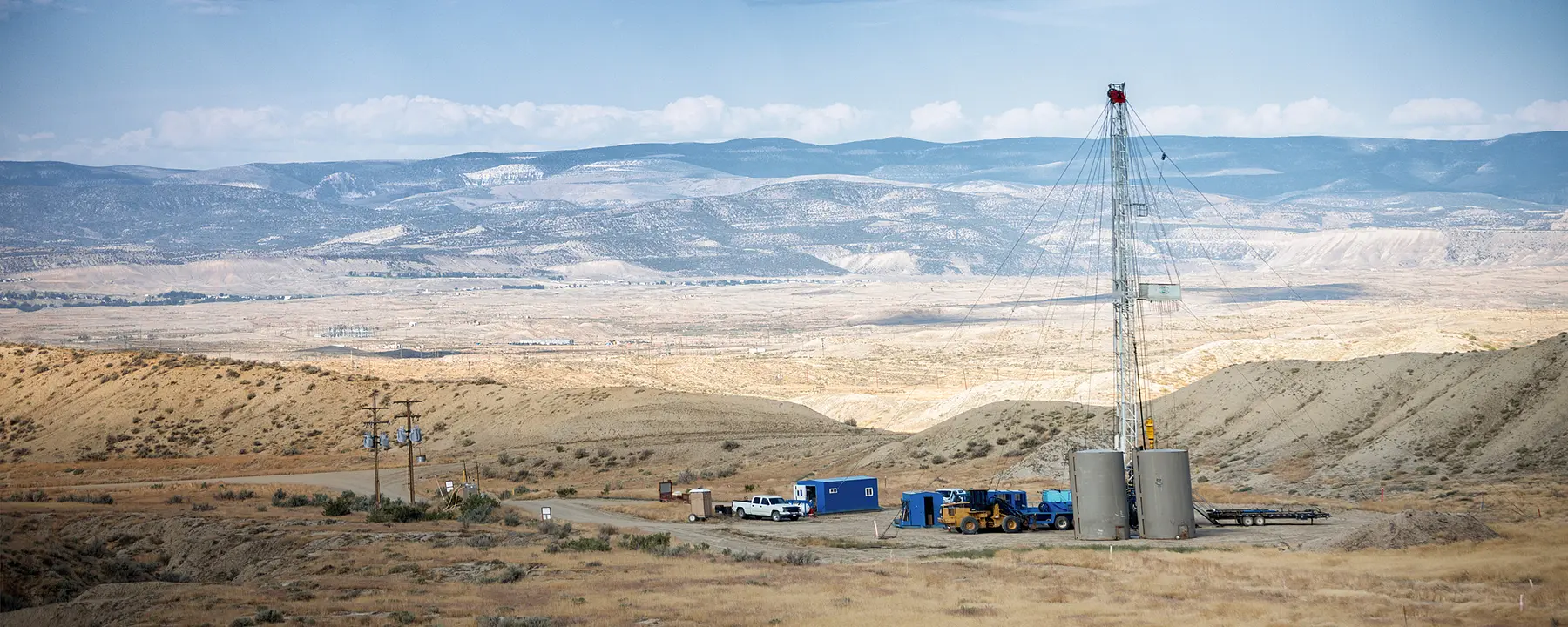Establishing baseline data on air quality in the Triangle region of North Carolina
In recent years, the shale gas industry has taken the United States by storm. As this new source of natural gas changes the energy market and the economy at large, it also affects the environment in ways we do not yet understand.
Partly because of the speed of the industry’s development, scientists and policymakers know very little about the impact of shale gas extraction, also known as fracking, on air quality. In most areas where the shale gas industry has already taken hold, researchers missed out on the chance to measure air quality before the extraction process was well underway.
The shale gas industry is considering expanding into parts of North Carolina, but so far, no wells have been drilled. North Carolina provides an important opportunity to collect true baseline air quality readings, enabling researchers to measure changes over time if and as the industry moves forward with expansion plans in the state.
As the nation grapples with the pros and cons of fracking, RTI and Duke University are taking advantage of this opportunity to better understand its air quality effects.
Using internal funding, we launched a project to analyze the air quality of the greater Research Triangle region of North Carolina before any drilling takes place. The study team pairs RTI experts in environmental economics and aerosol science with shale gas researchers from Duke.
Monitoring Air Pollutants Associated with Shale Gas Production Using our MicroPEM™ Technology
The area of North Carolina considered most likely to see shale gas development is in RTI’s backyard, geologically speaking. The Triassic Basin, a geological formation that stretches from Anson County northeast to Granville County, is believed to have shale gas potential. So far, the greatest concentration of shale gas leases in North Carolina is centered on Sanford, a city in Lee County. Sanford is not considered part of the Triangle region, but it is located upwind, meaning shale gas extraction there would have an impact on air quality in the Triangle.
In a demonstration of our commitment to staying ahead of important developments affecting human health and the environment, both near our headquarters in North Carolina and beyond, in June 2015 we placed four types of monitoring devices at 12 sites in Sanford and the Triangle area. These devices include the MicroPEM, which was designed and developed in-house by RTI.
We are measuring aldehydes, volatile aromatic compounds, particulate matter, and black carbon. All of these pollutants are associated with shale gas production, either from the extraction process itself or from the diesel engines that power the equipment.
Gathering Data to Support Future Research
Our aim in self-funding this monitoring study is to help understand the effects of shale gas on health outcomes and communities. By merging the air quality data we collect with birth records, hospital records, and schooling data, for example, future research could examine the impact of air toxics and particulate matter on fetal and child health. Such results could have an impact on public policy and shale gas extraction technology in the future.
- RTI Funded
- Duke University
